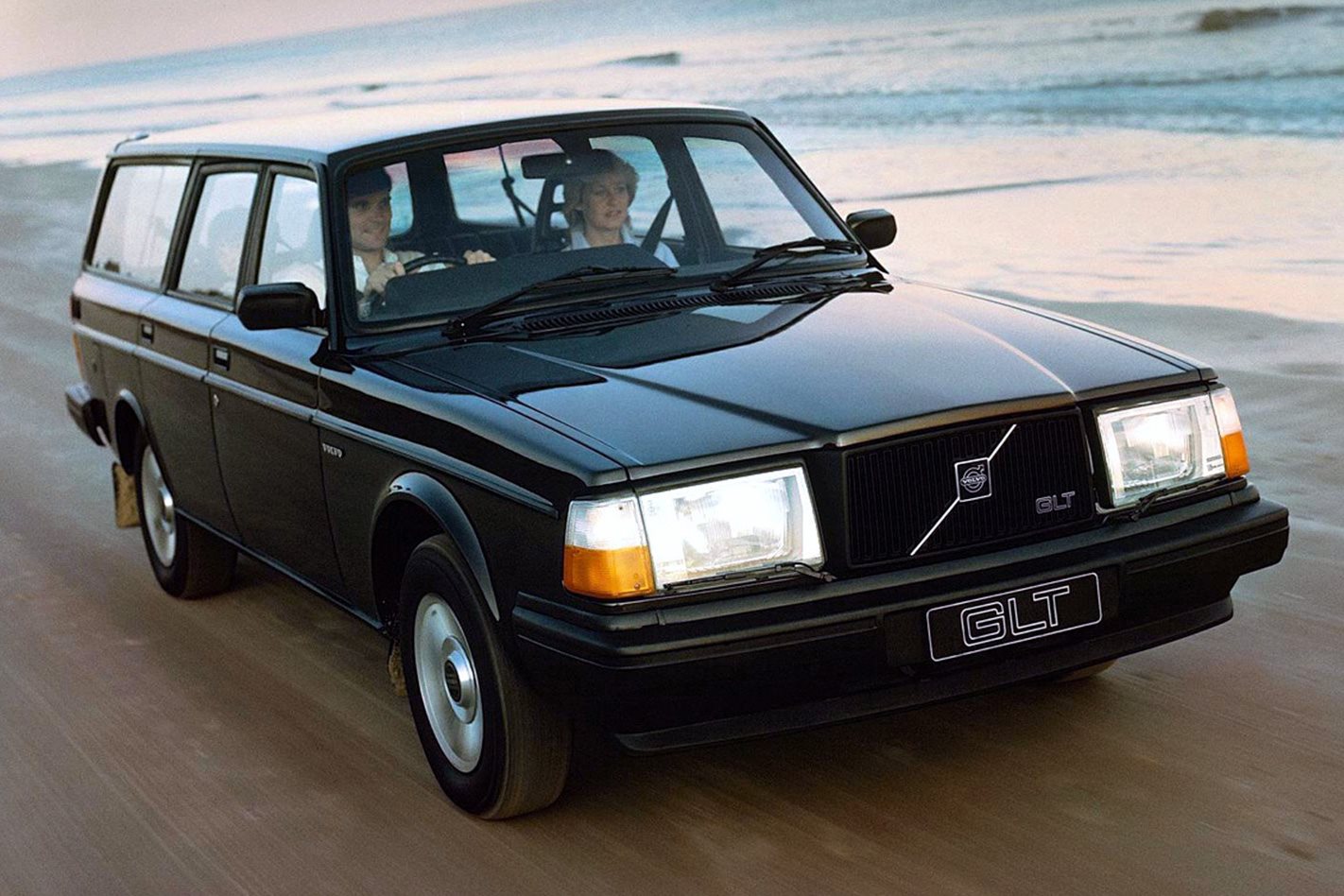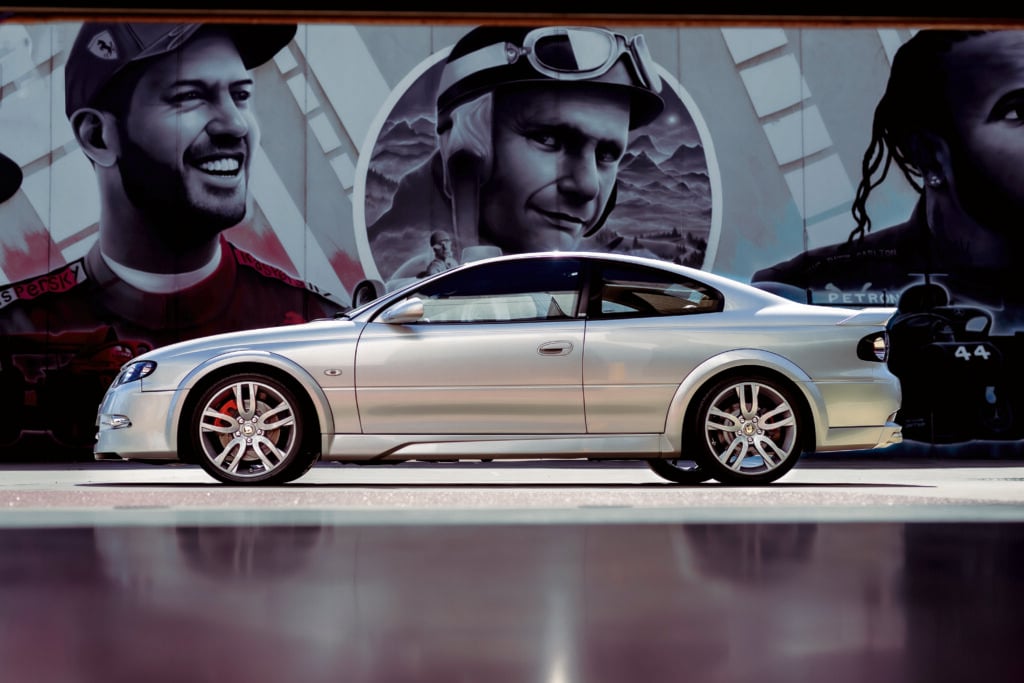Brand-new cars have never been cheaper on a year’s-wages basis. I even own a couple of relatively newish cars (by my standards, anyway).
But the kind of people I prefer to hang around tend to drive old cars. Not older cars. Old cars. Dungers, bangers, shitters. And lovely they all are.
So, faced with the knowledge that a good buddy was about to road trip his elderly Swedish supercar (that’d be a 40-year-old Volvo) from north of Sydney to Melbourne, I took the only reasonable course of action: I dropped everything, grabbed a cheapie Bogan Air flight to Newcastle and occupied the passenger’s chair for the trip to Melbourne on what I suspect was the most indirect route possible short of going through Perth.

Not so with a four-decade-old car that was not known for its reliability even back in the day. But you know what? Hearing the engine churn and wondering whether it will start this time is hugely satisfying, whichever way the cards fall.
It’s satisfying when the old bugger blurts into a smelly, stumbling fast idle and possibly even more satisfying when it doesn’t start, because then you get to fix whatever is wrong and do the mechanic’s victory dance in the driveway. And fix it you will, because these old girls have about three moving parts.

You don’t just go out, throw your toothbrush in the boot and hit the key. Oh no.
You pop the bonnet each morning, cop a visual of the level of coolant, dip the oil, dip it again, add some oil from the bottle in the boot, check the level in the windscreen-washer bottle, twiddle the battery terminals to make sure they’re still tight and generally run an eye over the engine bay, looking for loose wires, oil leaks and melted plastic bags stuck to the exhaust (that’ll be that burning smell yesterday).
It’s all part of the experience. Having sorted that lot, you then move to the process of starting the engine, which will vary from car to car, but nearly always involves crossed fingers, a small, hushed prayer and strange gurgling noises from the starter motor.

That should disappear as you incrementally turn off the choke (the WHAT! I hear you young ’uns ask) and you’re constantly listening for the tell-tale clunks and bangs of inside bits of the engine trying to make a break for the outside.
But, finally, you’re on your way. And you know what? Suddenly, you’re having a relationship with your car. Just as you demand things of it, so does it demand certain things of you. That’s fair, isn’t it?

And, can I borrow your mobile phone, because my old Volvo won’t start.





